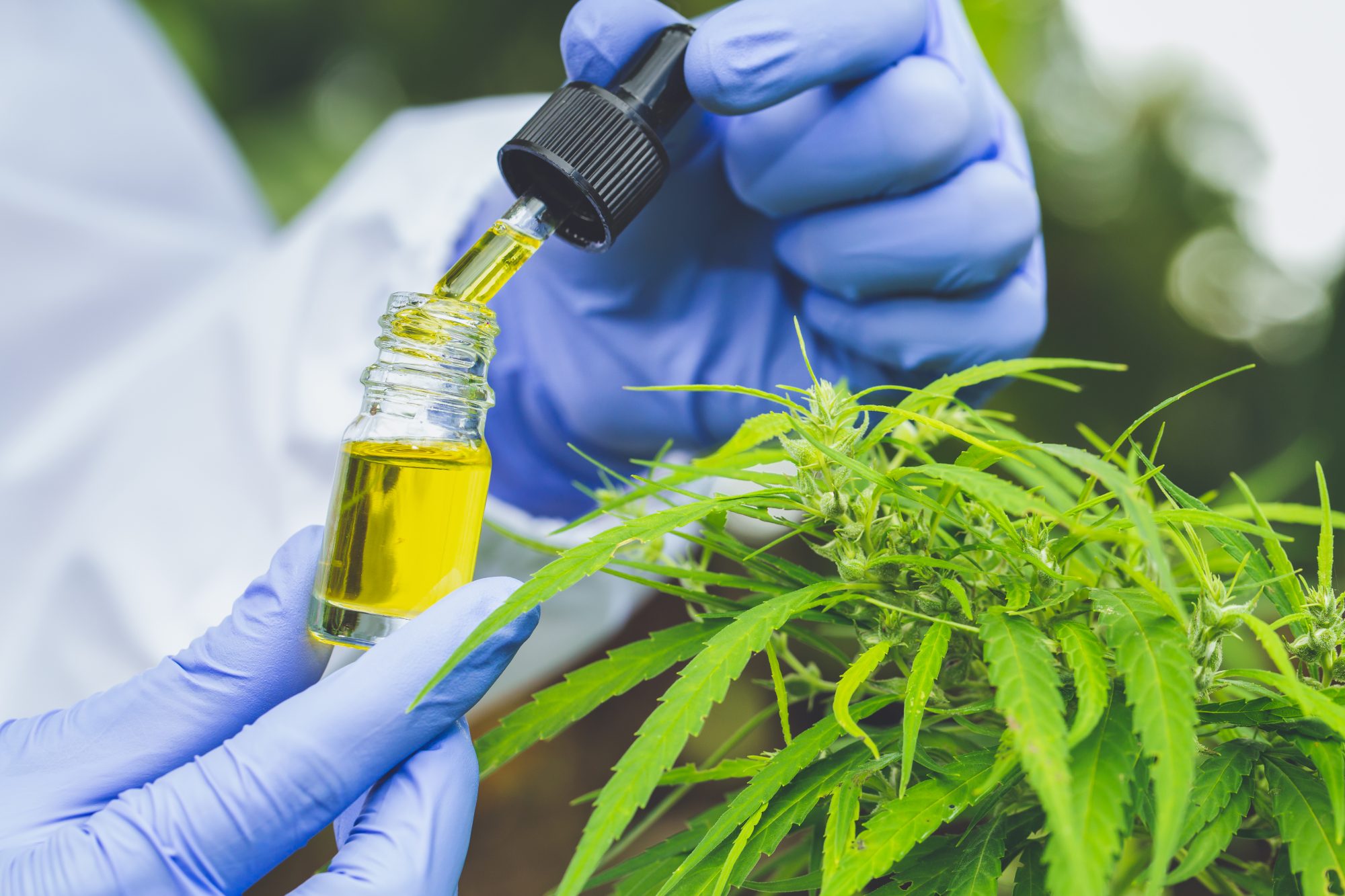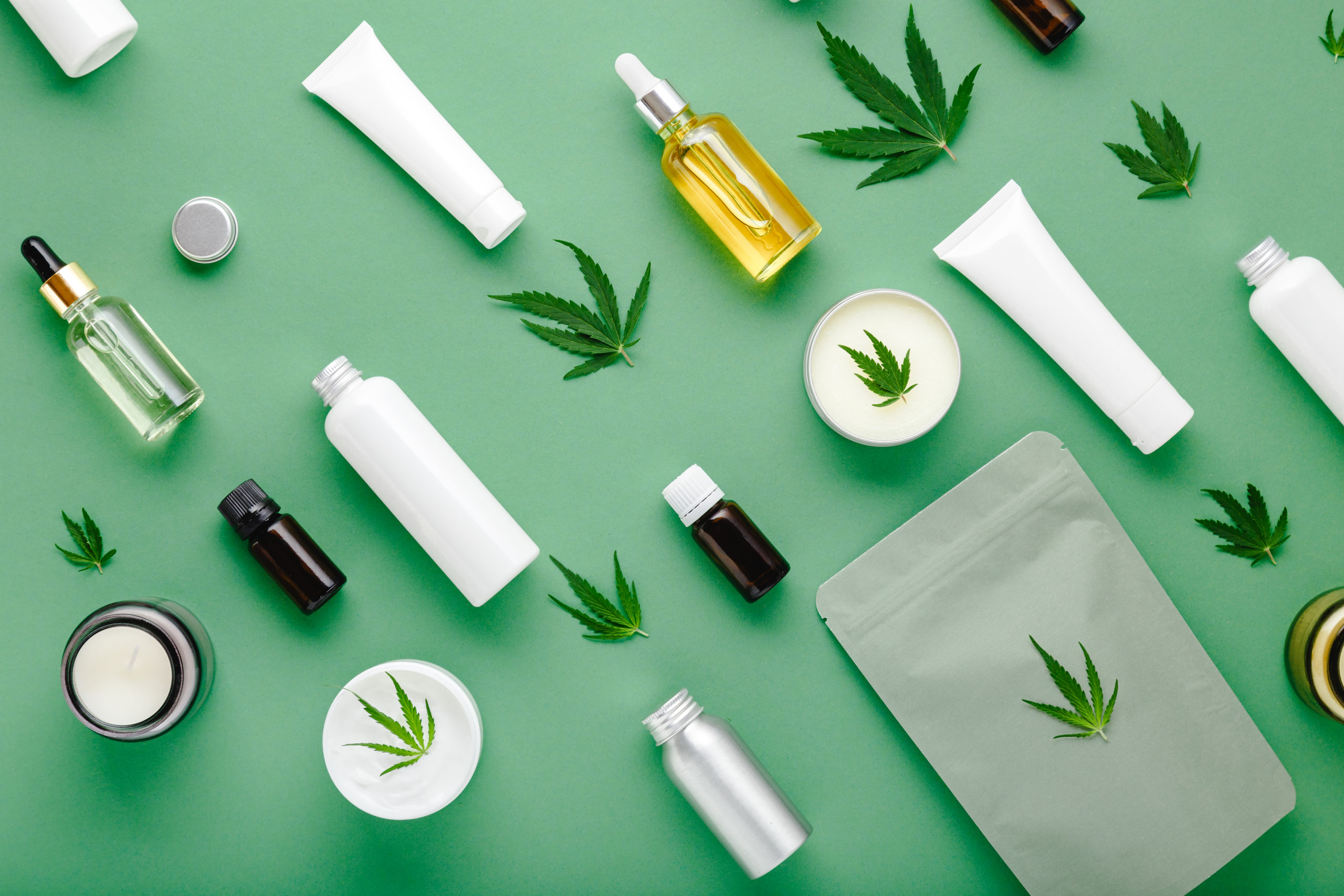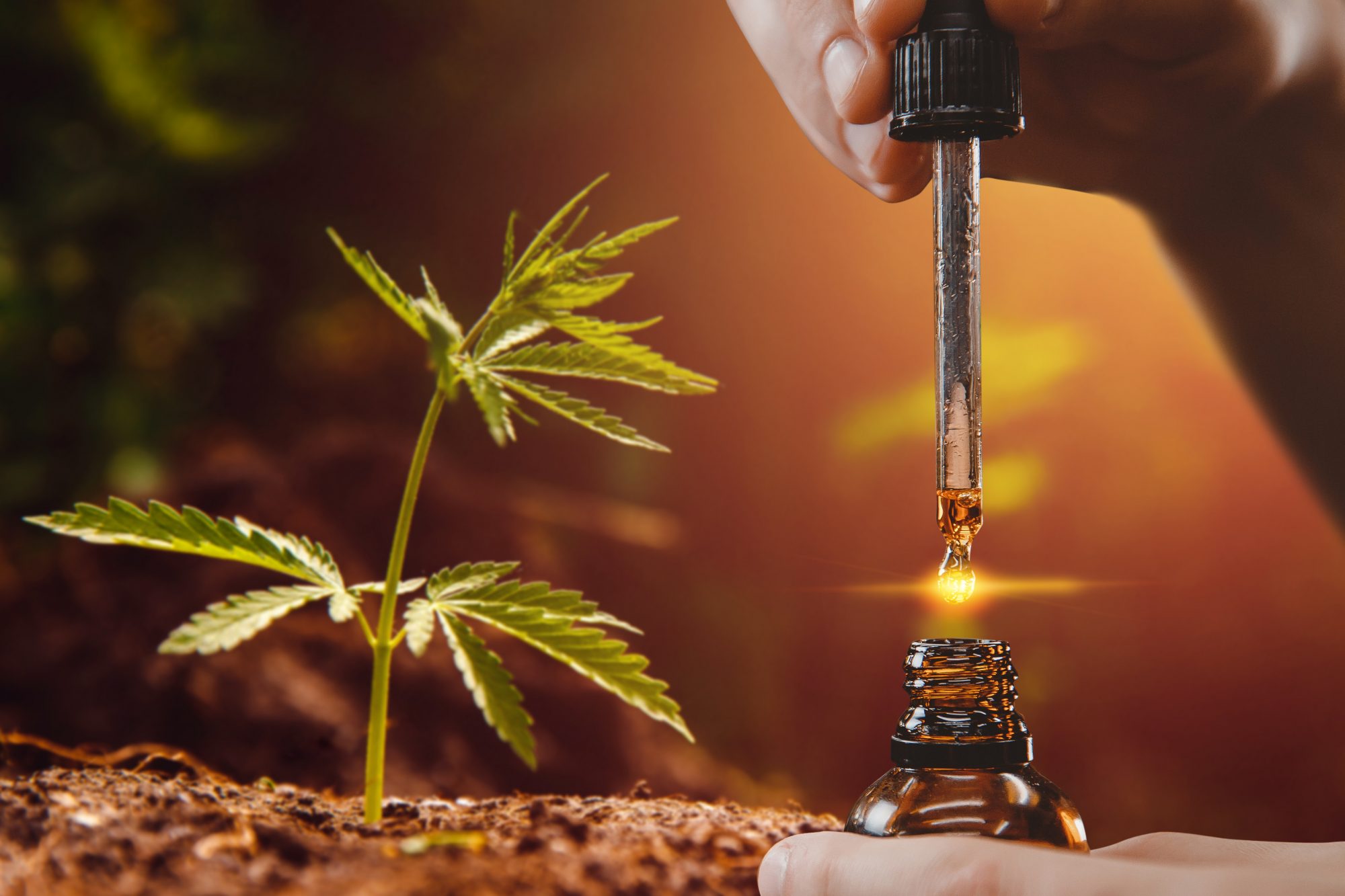Medical cannabis-based topicals can be applied to the skin in many different ways. The cannabinoids and terpenes in Medical Cannabis are transported through the skin’s surface layers and bind to receptors there.
What are Medical Cannabis Topicals?
Medical cannabis topical offers a wide variety of advantages. As an example, THC-infused topicals can provide the potent benefits of this cannabinoid without the psychoactive high that may not be appealing to all users. Topicals have the advantage of operating on a relatively specific location, as opposed to inhalation methods like smoking or vaping, which introduce cannabinoids and terpenes into the bloodstream and to many receptors all over the body.
Dangers to the lungs. Smoking Medical Cannabis has many of the same hazardous components found in tobacco smoke, although enthusiasts are eager to defend it.
Relief over time. It may not take long at all for you to feel the benefits of medical cannabis when you smoke it or use a vape, but edibles may take up to an hour. Some patients find it difficult to become used to using medical cannabis in either edible or vaporized form. The quick onset and consistent release of topicals, as well as the option to reapply as needed, make them an attractive middle ground between the two.
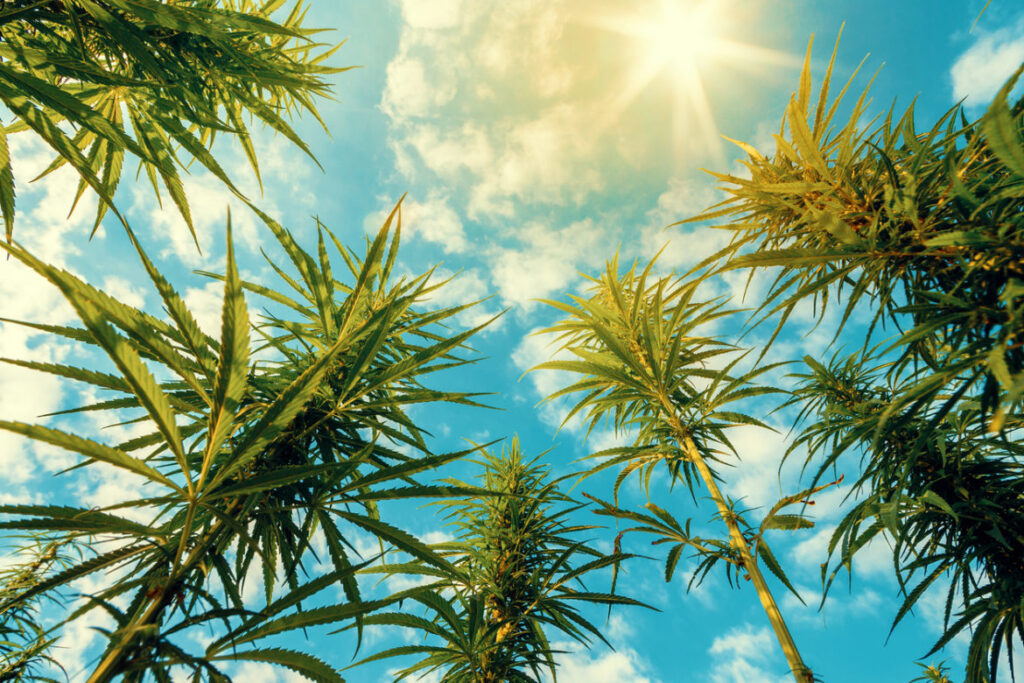
It sidesteps the body’s initial metabolic step. The concentration (and hence the efficacy) of Medical Cannabis is typically diminished by the time it enters the bloodstream after being ingested in the form of a pill, or oil tincture. Topical forms of medical cannabis avoid this obstacle since they are not absorbed by the body systemically.
They stay away from drugs with wildly fluctuating dosages. The quantity of cannabinoids and terpenes supplied to your system when vapourising medical cannabis might vary greatly. However, topicals provide a continuous supply of cannabinoids and terpenes to the body, making them an excellent choice for patients who use medicinal cannabis and who want long-term comfort.
What Advantages Do Medical Cannabis Lotions Offer?
CBD Lotions
Topical forms of medical cannabis are an alternative delivery system. Even if you haven’t used any of these products on your own skin just yet, know that the practise goes back thousands of years. In sum, hundreds of potentially useful compounds can be found in medical cannabis. Among them, cannabidiol (CBD) has quickly become one of the most sought after for topical applications because to its universal legal status and the abundance of active research into its pharmacological activity.
Medical Cannabis Topical: How to Use It
- Remove any makeup and dirt by washing your face with a mild soap and warm water, and then pat dry.
- It’s a good idea to do a tiny patch test before applying a new lotion all over your body to see how your skin reacts.
- Gently massage a little amount of medical cannabis lotion into your skin. Try rubbing the area lightly while applying the lotion to see if it helps any. If necessary, reapply.
- Scrub your hands clean to get rid of the leftover lotion.
Simple Instructions for Making a Cannabis-Infused Balm for Medical Use
It’s time to put everything you’ve learned about Medical Cannabis topicals into practise. You may make your own all-natural Medical Cannabis balm even though you lack the resources of multinational corporations when it comes to precise production techniques. The process of manufacturing Medical Cannabis lotions and creams is, from a technical standpoint, extremely similar to that of making Medical Cannabis-infused butter. You already know all you need to know to manufacture lotions if you can make cannabutter.
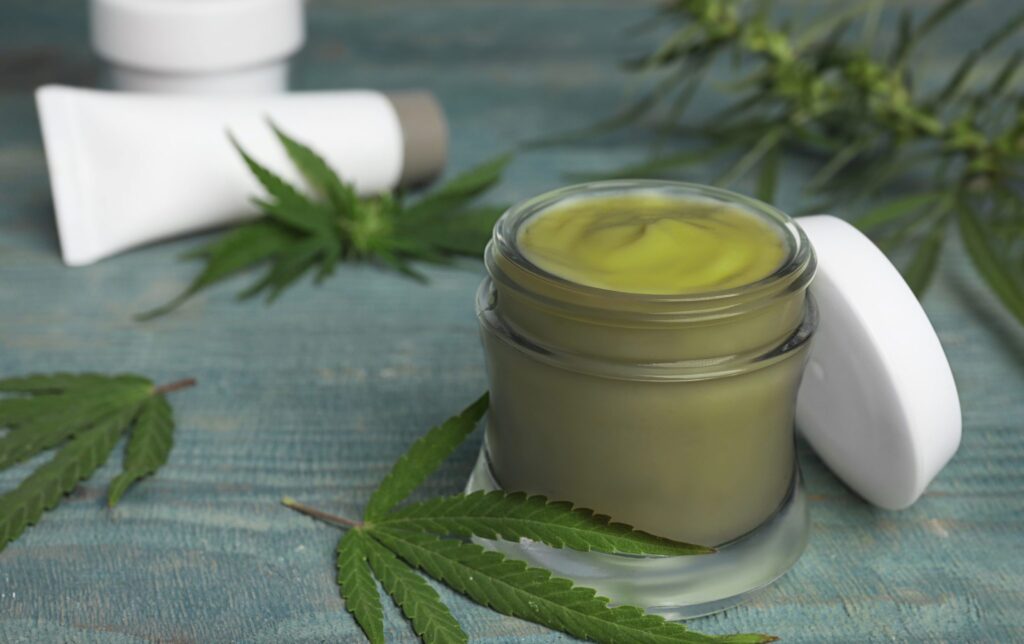
The Benefits of Cannabis-Infused Creams and Lotions for Medical Purposes.
Could smoking pot actually be beneficial to your complexion? If we want to find out the answer to this issue, we need to conduct more research with actual people. In spite of this, many people still use medical cannabis oil into their daily beauty routine. In addition to CBD, cannabinoids such as THC, CBG, and cannabinoid acids are produced by the plant and can interact with the ECS via the skin. Considering that THC is responsible for Medical Cannabis’ psychotropic effects, the fact that some people choose to use it as part of their skincare routine may seem counterintuitive. THC, like CBD, has the potential to affect the endocannabinoid system. THC, on the other hand, has a far higher affinity for the two main receptor sites that make up this system—the CB1 and CB2 receptors. Consequently, THC can activate areas in the skin that are involved in several crucial physiological processes, such as cell proliferation, differentiation, inflammation, and death.
Other phytochemicals found in medical cannabis are being employed in cosmetics today.
More than 150 of these fragrant chemicals called terpenes can be found in cannabis used for medical purposes. The effects of topical terpenes on wound healing, inflammation, and fungal infection are being investigated in ongoing studies.
Weed contains a wide variety of the antioxidant molecules known as flavonoids, some of which are shared with other plants while others are essentially exclusive to medical marijuana. Their anti-inflammatory, antiproliferative, anti-aging, and photoprotective properties are being investigated.
Cannabinoids in particular are creating a lot of buzz in the topical use of Medical Cannabis. Because of THC’s widespread illegality, CBD has gained the most momentum as a skincare ingredient, yet both have their uses.
Medical Cannabis Topicals
When you’ve exhausted the possibilities of DIY Medical Cannabis lotions but still feel like something’s lacking, try transdermal cannabis patches for systemic benefits that are more widely distributed.
To know more about where to buy medical cannabis in Australia and other medical marijuana resources, you should book a consultation session with a professional from Chronic Therapy today.

